In chemical production, centrifugal pumps are core equipment for fluid transportation, and the reliability of their mechanical seals is directly related to the safety, continuity, and economy of production. Mechanical seals form a sealing surface by tightly fitting the dynamic ring and the static ring to prevent medium leakage. However, under complex chemical working conditions, seal failure occurs from time to time. Below we analyze the main reasons for its failure from multiple dimensions:
Failures caused by characteristics of the conveying medium
Corrosive erosion: Corrosive media such as acids, alkalis, and organic solvents will erode the sealing surface through chemical action (such as pitting corrosion of metal rings and swelling of non-metallic rings), destroying the flatness of the sealing surface. For example, if a pump that transports hydrochloric acid uses ordinary carbon steel sealing rings, the sealing surface will be damaged in a short time due to hydrogen embrittlement or chemical dissolution.
Particle wear: Solid particles contained in the medium (such as catalyst powder, slag) will flow into the sealing surface with the medium, causing abrasive wear during relative motion, causing grooves and scratches on the sealing surface, and destroying the fit and seal. When the particle concentration exceeds 0.5%, the wear rate will increase significantly.
Cavitation and volatilization: Low-boiling-point media tend to vaporize when the local pressure in the sealing chamber decreases, forming bubbles. The impact force generated when the bubbles burst will repeatedly impact the sealing surface, causing "cavitation wear"; at the same time, the escape of volatile components will cause insufficient lubrication of the sealing surface, exacerbating dry friction.
Crystallization and solidification: When the medium temperature drops or the pressure changes, the medium that is easy to crystallize (such as sodium sulfate solution) will precipitate crystals on the sealing surface, blocking the sealing gap or stretching the sealing surface; if the seal of low-temperature medium (such as liquid ammonia) is not cooled enough, it may solidify outside the sealing cavity and destroy the elasticity of the seal.
Mechanical structure and assembly defects
Poor sealing surface fit: If there is a flatness error (more than 0.005mm) or parallelism deviation between the dynamic and static rings, or deformation caused by uneven tightening force during assembly, the sealing surfaces will not fit completely together, forming a leakage channel.
Failure of elastic elements: The spring (or bellows) is a key component to ensure the sealing surface fit. If the spring is improperly selected (excessive elasticity leads to excessive wear, insufficient elasticity leads to separation of the sealing surface), the spring is corroded and broken, or the bellows is welded with defects or fatigue cracking, the compensation ability will be directly lost.
Auxiliary seal problems: If the material of auxiliary seals such as O-rings and V-rings is incompatible with the medium (such as rubber parts swelling in aromatic medium), the size deviation, or they are scratched or twisted during assembly, the medium will leak from the gap between the static ring and the end cover, and the dynamic ring and the sleeve.
Shaft vibration and runout: radial runout of the pump shaft (exceeding 0.05mm), excessive axial movement, or poor coupling alignment will cause periodic dislocation and impact on the sealing surface, accelerating seal surface wear and elastic element fatigue.
Improper operation and maintenance
Illegal start-stop operations: Failure to exhaust air or pre-lubricate before starting, resulting in dry friction on the sealing surface; Failure to close the outlet valve before stopping, causing the pump to reverse and the sealing surface to dislocate instantly; Failure to slowly preheat the high-temperature pump when starting, resulting in thermal deformation of the seal due to the large temperature difference.
Fluctuation of operating parameters: The actual operating flow rate is lower than the minimum continuous flow rate of the pump, resulting in vortex and cavitation in the pump, and sudden changes in the pressure of the sealing chamber; frequent fluctuations in the outlet pressure (such as exceeding ±10% of the design value) will cause repeated changes in the sealing surface fit force, causing leakage.
Inadequate maintenance: Failure to regularly check the sealing chamber temperature, pressure, and leakage rate leads to missed early fault warnings; mixing different models of products when replacing seals (such as incorrect pairing of dynamic and static ring materials), or failing to clean impurities from the sealing surface or apply grease during installation.
Auxiliary system failure: The cooling system (such as the cooling water jacket) is blocked or the flow is insufficient, resulting in excessively high sealing surface temperature (exceeding the temperature resistance limit of the seal); the flushing system fails, causing particles to accumulate in the sealing cavity, exacerbating wear.
Influence of environment and working conditions
Abnormal temperature: If the ambient temperature is too high (such as an outdoor pump in summer) or the medium temperature exceeds the tolerance range of the seal (such as fluororubber aging above 150°C for a long time), the seal will harden and crack; low temperature environment (such as winter in northern China) may cause the auxiliary seal to become brittle or the medium to freeze in the sealing cavity.
Environmental pollution: Dust and corrosive gases (such as chlorine and hydrogen sulfide) in chemical workshops will corrode exposed elastic components and sleeves; a humid environment will accelerate the rust of metal parts, especially affecting non-contact components such as springs and glands.
Long-term operation loss: The sealing surface will produce natural wear during long-term relative movement (for example, the carbide sealing surface will wear about 0.1μm every 1000 hours of operation). When the wear exceeds the allowable value (usually 0.2mm), the sealing surface will not fit properly. At the same time, fatigue aging of the seal (for example, rubber parts will be used for 3-5 years) will also lead to loss of elasticity.
Mechanical seal failure in chemical centrifugal pumps is the result of multiple factors. Among these, media characteristics are the primary trigger, mechanical structure and assembly are the hardware prerequisites, operation and maintenance are the human factors, and environmental conditions are the external factors. To reduce the risk of failure, it is necessary to optimize the seal design based on media characteristics (such as selecting a silicon carbide-graphite sealing surface and installing a particle isolation device), strictly control assembly accuracy, standardize operating procedures, and establish a regular maintenance mechanism to ensure the safe and stable operation of the pump unit.





 +86 18130251359
+86 18130251359 teflowpumps@tlpumps.com
teflowpumps@tlpumps.com

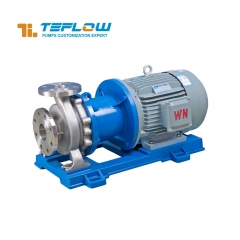
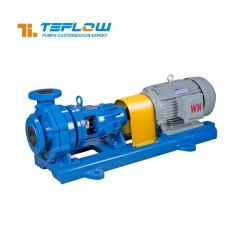
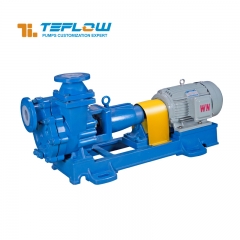
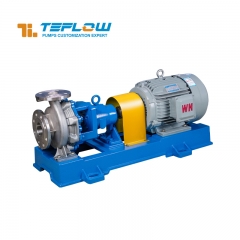
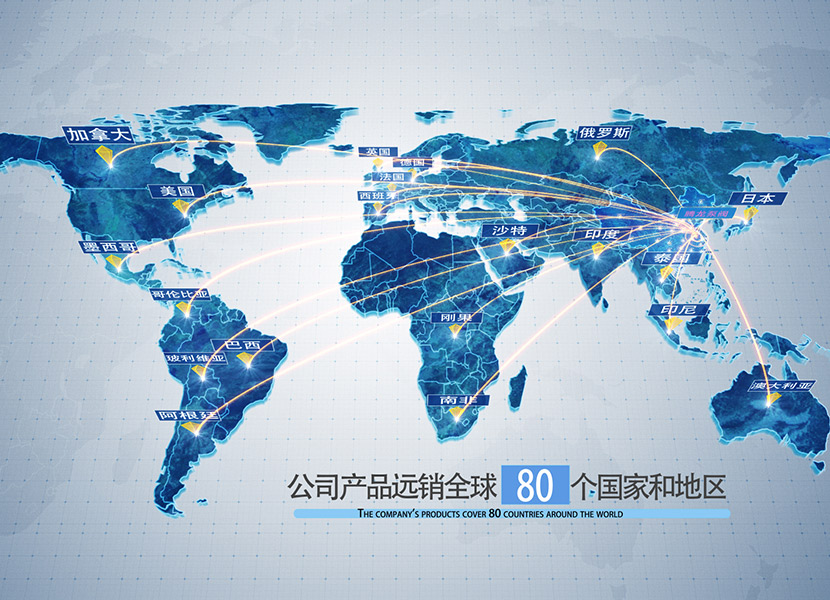







 +86+0563-5093318
+86+0563-5093318
